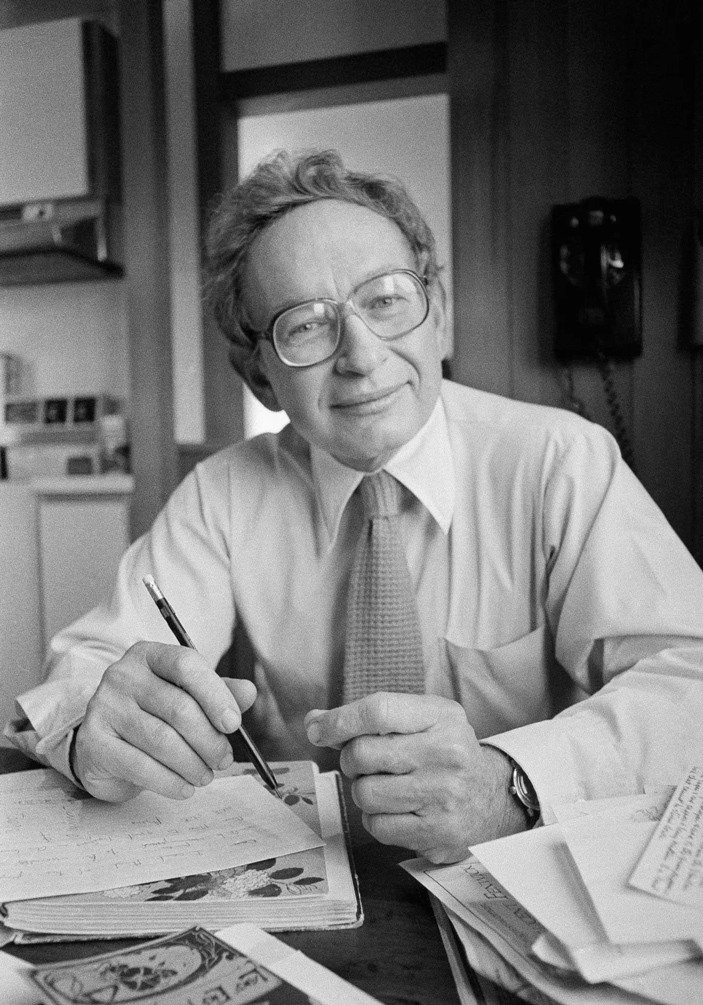Philip Anderson: the good and evil genius of the Higgs boson

Any graduate student taking a course in quantum field theory will no doubt learn about spontaneous symmetry breaking, an elegant and ubiquitous mechanism in the study of theoretical physics that is known to clarify the crucial role of the recently discovered Higgs boson in elementary particle physics.
The student will also notice, often with disbelief, the fact that not a high-energy physicist, but a representative of another field called condensed state physics, named Philip W. Anderson was the first to explain its mechanism clearly.
Prehistory
A note published 2 years before Peter Higgs and others presented their famous papers on symmetry breaking in 1964. The Nobel Prize for predicting the Higgs boson and explaining its role in the study of fundamental particles was eventually awarded to Higgs and François Englert in 2013, but not to Anderson.
Such foresight characterises much of Anderson’s work in solid state and condensed state physics, to which he made numerous and varied contributions. Anderson died at the age of 96 on 29 March in Princeton, New Jersey.
He was always a keen observer not only of the development of his various fields of interest, but also of his own intellectual trajectory. In fact, he noticed this and instead chose to call his observations premature.

Localisation
A recurring motif in Anderson’s work is the exploration of new emergent structures. Consider the theory describing the electron first put forward by the British physicist Paul A.M. Dirac in 1932. Dirac wrote that with this theory “the principles underlying most of physics and all of chemistry” were determined. That is, Dirac’s theory of the electron, combined with some facts about how electric and magnetic forces behave, is in principle sufficient to explain almost all chemistry.
Anderson asked himself whether this picture would always be true, or whether something more radical could happen along the way, as he imagined the lattice becoming more and more imperfect.
He found that after a critical degree of imperfection, the electron’s ability to conduct electricity has not just diminished – it has completely disappeared and the electrons are almost completely immobilised by the disorderly lattice around them. This is called Anderson localisation.
By tuning the imperfections of the lattice, we can induce a transition from metallic behaviour to insulating behaviour! For this research into the behaviour of disordered and magnetic systems, Anderson was awarded the Nobel Prize in Physics in 1977, along with Neville Mott and J.H. Van Fleck.
Emergence and development
Although Anderson’s influence may be felt most by those working in condensed matter physics, he is better known among the wider community of scientists and philosophers for an article entitled ‘More is Different’ published in Science in 1972.
A parade of popular science books by prominent (high-energy) physicists, lyrically praising the success of the reductionist philosophy: that there are a set of ‘fundamental’ laws, and that once these are figured out, everything else will be simply a matter of calculation. Anderson, on the other hand, saw this idea as widespread and pernicious, and it had to be abandoned.







